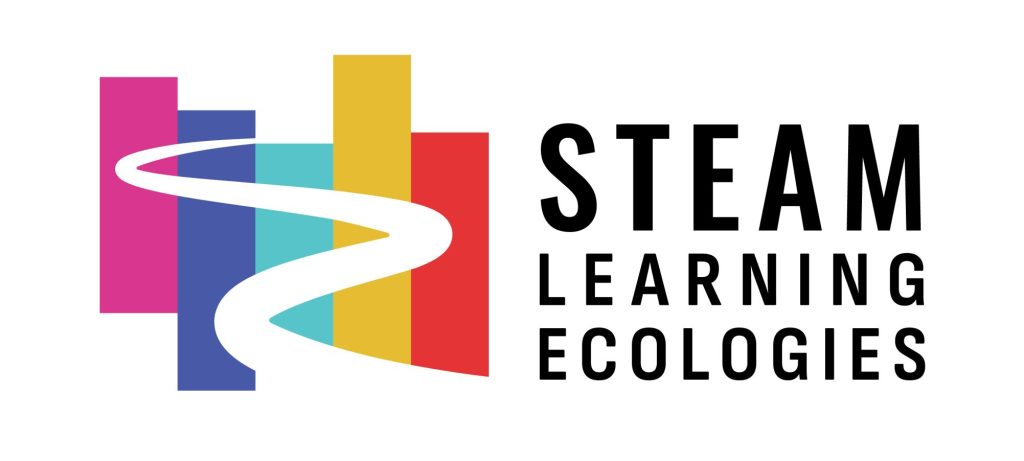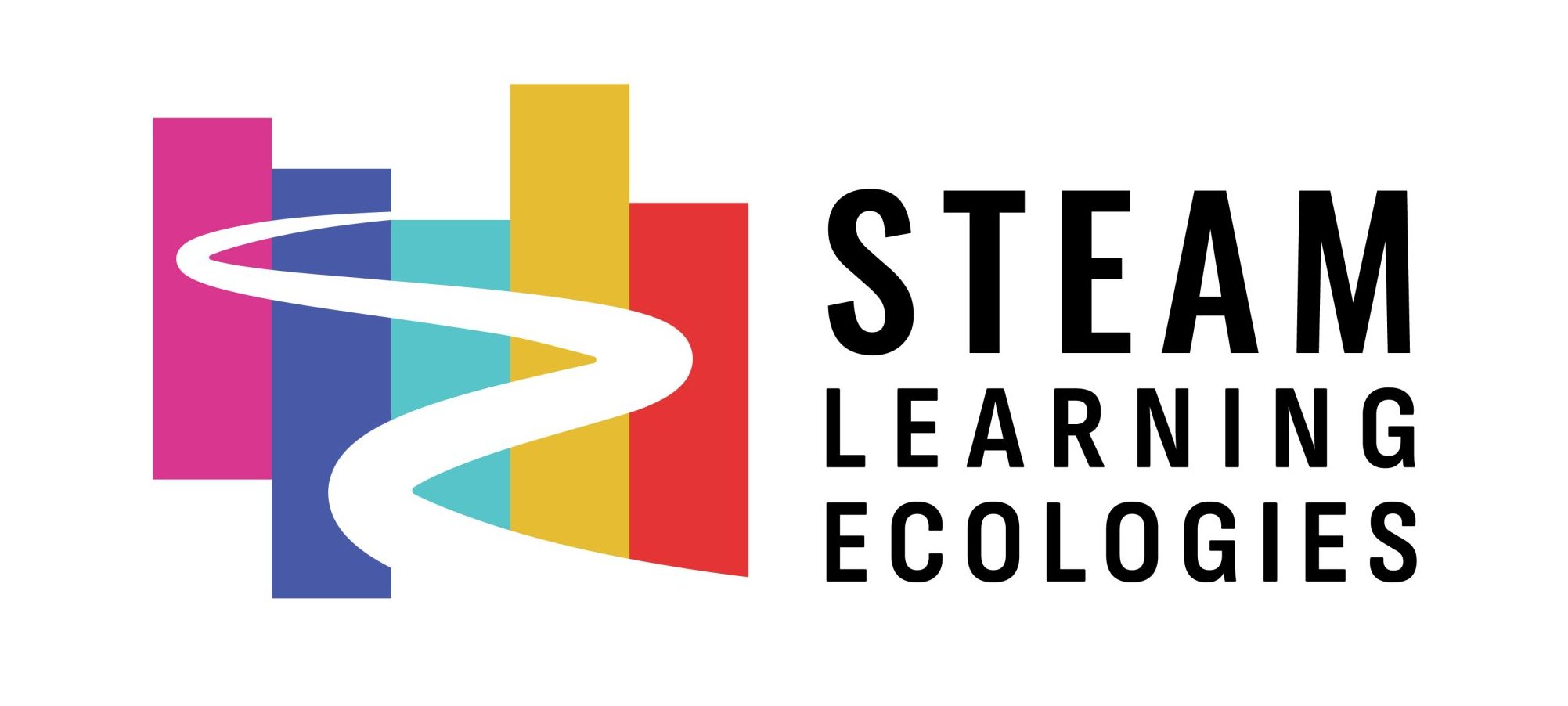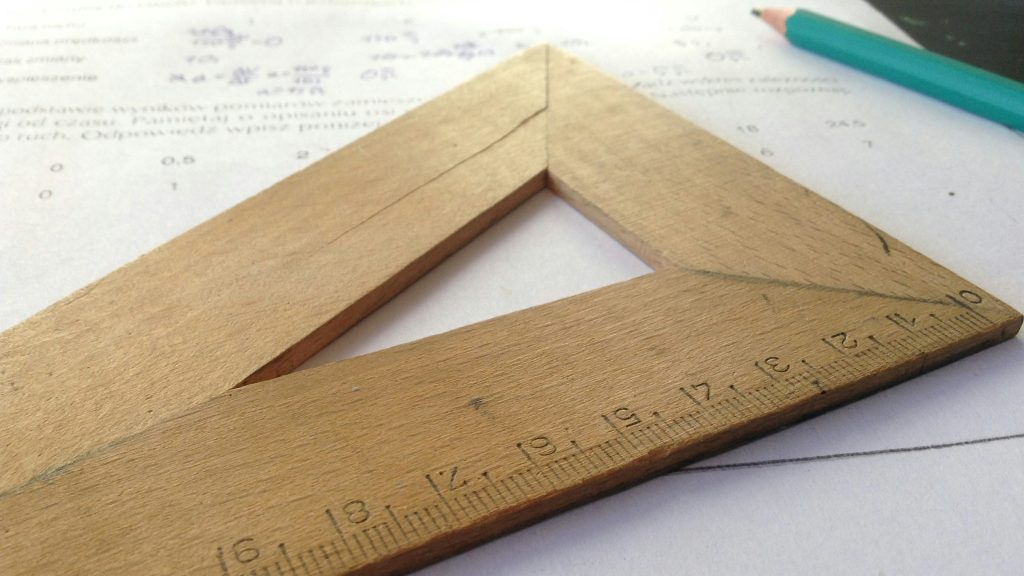The Pilot STE(A)M Learning Ecology (SLE) in Greece aimed to investigate the phenomenon of earthquakes. With hands-on activities, students aged from 13 to 16 years learnt how scientists and researchers measure the features of an earthquake, how a seismograph works, and how to monitor the seismicity in an area with the creation of a DIY seismometer to collect and analyse data.
To learn more about this learning ecology, read the interview we conducted with the SLE initiator!
Can you “paint a picture” of the context in which your STE(A)M Learning Ecology operates? Describe a bit the local setting where the SLE is located as well as the real life challenge it addresses. How does it link to the school curriculum?
Our pilot SLE is initiated by the secondary school of Ellinogermaniki Agogi in Greece. Within it secondary school students are studying various elements related to the phenomenon of earthquakes. They learn how scientists and researchers measure the characteristics of an earthquake, how a seismograph works, and how to monitor the seismicity in an area. They are also building themselves an actual diy seismometer and collect data to analyze, and also seismic shake tables to demonstrate how earthquakes impact the structure of buildings. They also organize and participate in outreach and awareness activities about earthquakes for the school community and the public. The SLE learning activities are closely linked to the school science curriculum of 2nd and 3rd grade of Gymnasium and they are fully integrated to the school programme so that all students can participate. The real life challenge is the fact that earthquakes are frequent in the South-Eastern Mediterranean region where Greece is located. Both in distant and recent times, large earthquakes in our country or in neighboring countries had great societal impact. Thus, raising awareness about this natural phenomenon and also about civil protection measures and precautions is important so that the future citizens are well prepared.
Could you briefly present the stakeholders involved in this SLE? Their roles and the interactions occurred to reach out and actively engage them. Did you already know them, or you reached out to new ones?
The stakeholders that are involved in this pilot SLE are secondary school students and teachers of Ellinogermaniki Agogi, researchers and experts from the National Observatory of Athens, educators and facilitators from the space of social entrepreneurship with focus on science communication, members of local civil society, and regional schools. With some stakeholders, we were already collaborators in previous educational projects; others were approached during the course of this SLE instead.
Have you already worked in similar open schooling projects in the past? If not, how was this first experience?
We have long experience in working in similar open schooling projects in the past. These include projects like “Open schools for open society”, “Schools study earthquakes”, “School networks alert citizens protection”, “Schools as living labs”. Overall the experience with the SLE project is quite positive because of the diversity of stakeholders. The learning ecology concept is very powerful and gives great flexibility to all stakeholders to contribute to a common goal.
Were there any challenges occurred while implementing the STE(A)M Learning Ecology and/or interacting with the relevant stakeholders? How did you address them?
With respect to challenges, these can be separated in two main categories. Challenges during the preparatory phase and challenges during the implementation or operation phase. The former include how to design or select activities and find or collect related resources, how stakeholders can be best involved, how overall the SLE is best mapped or linked to the curriculum. All these need thorough study and preparation long before anything is started. The latter category includes challenges such as how to keep the interest of students, how to motivate them when failure occurs, how to overcome school curriculum constraints like time allocation etc. In general, all these challenges can be addressed with good, open and honest communication within a trustworthy collaborative spirit with all stakeholders involved. Therefore, establishing a strong partnership with long term vision is a key element that enables it to tackle challenges and obstacles that may occur.
Why do you think that your STE(A)M Learning Ecology was so helpful? What are the benefits and the added value brought to your community? What are the benefits and added value brought to the educational experience of students/teachers involved? Please think about the skills developed.
The benefits and the added value brought to the community (school students, teachers, parents, other stakeholders) include the following:
- Understanding of natural phenomena
- Increasing public awareness and civic responsibility
- Understanding the process of science/how scientific knowledge is developed (Use of scientific instruments to collect evidence/observations/numerical data so that an hypothesis can be tested)
- Modeling and demonstrating scientific principles and laws of natural phenomena
- Acquiring knowledge on properties of materials, waves and their properties, wave propagation in matter – propagation of sound)
- Science and math literacy – Hands-on knowledge of science education curriculum topics
- Numerical literacy (Understand and create graphical representations, spreadsheet tools)
- Digital literacy -Learn and use of software tools and simulation apps
- Social skills – Collaboration, teamwork, presentation and communication of knowledge
How do you think that your STE(A)M Learning Ecology engaged and attracted learners to opportunities in science-related fields, in particular young females?
Teachers, stakeholders and experts/researchers involved are from both genders and can act as role models for both male and female students. In particular, the main lead researcher who guides the learning paths and is highly involved in lectures, hands-on activities, and scientific inquiries is a female educator and seismologist. In addition, the learning topics and activities during the pilot SLE are focused on a broad subject that affects society in general and therefore attracts the interest of both males and females. This is also confirmed by the fact of actual observations in various similar activities implemented in previous years. Furthermore, students during the pilot SLE have the opportunity to interact with researchers, scientists and experts on seismology where they can discuss in depth and experience in first hand their everyday work, research aspirations, aspects of self-motivations and challenges, specific career paths followed, complementary or alternative scientific pathways.
Looking ahead, do you plan to further collaborate with the school and the other stakeholders involved? Do you envisage to further sustain this SLE in the near/ long future?
Yes, definitely we plan to further collaborate with the various stakeholders either in the same learning theme or in different ones – mainly related to science education. To further sustain this SLE, we are always trying to seek for opportunities like national or European sources of funding or other means of support.
Any additional comment and/or suggestion to improve the methodology and the implementation of SLEs is welcome 😊 Thank you for taking the time to answer our questions!
In general, a pilot SLE is like a crash test: a lot of things can be implemented as planned and a lot of unexpected challenges may occur instead. Both are valuable when they occur so we can get experience and confidence and also to learn and improve things in preparation for a second iteration. In this respect, having a short list of items that may go wrong and get prepared for in advance may help. Similarly, having a list of highlights where things went better that expected can be a good motivating reminder. These can be shared in a reflection gathering with all other stakeholders involved.




